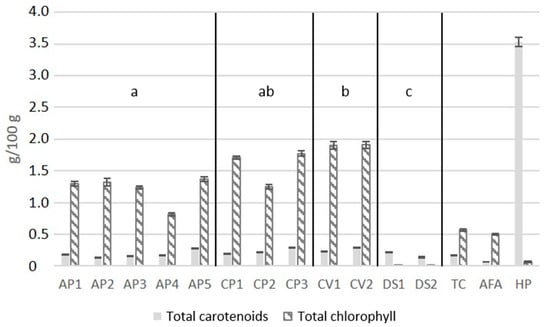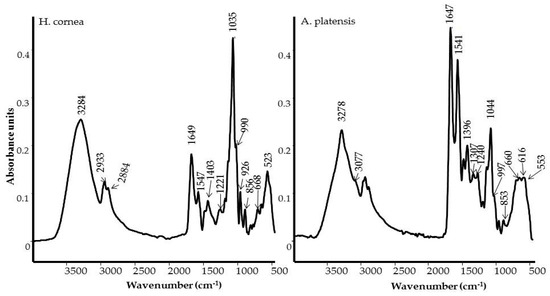Microalgal Active Biomolecules
A topical collection in Marine Drugs (ISSN 1660-3397).
Viewed by 17436Editor
2. Clermont Auvergne INP, CNRS, Institut Pascal, Université Clermont Auvergne, 63000 Clermont-Ferrand, France
Interests: biomaterials; polymers; polysaccharides; nanomaterials
Special Issues, Collections and Topics in MDPI journals
Topical Collection Information
Dear colleagues,
In recent decades, microalgae have shown their incredible potential to become an industrial sustainable source of functional bioactive molecules. For example, various microalgal biomolecules such as exopolysaccharides, proteins/peptides, pigments, phenolic compounds, and carotenoids have been described for their pharmaceutical properties against numerous human, animal, and plant diseases. Recently, microalgae have been increasingly studied due to their ecological sustainability, fast replicability, efficiency of scale-up cultivation, and their adaptation ability to environmental conditions. Furthermore, modification of cultivation conditions and genetic engineering processes could also play a very important key role in order to increase the production yield of microalgal bioactive molecules.
This new Topical Collection of Marine Drugs aims to investigate and explore all potentialities of microalgal active compounds and derivatives extracted from all existing marine biotopes.
Consequently, as the collection editor, I invite all scientists working on microalgal fields to contribute to this Marine Drugs collection on “Microalgal Active Biomolecules” by submitting original research and review articles describing: (i) the mains microalgal biomolecule extraction processes and (ii) structural characterizations of bioactive molecules and derivatives (hydrogels, biomaterials, grafting biomolecules, encapsulation, vectorization, etc.) from physicochemical and/or enzymatical processes. In this Topical Collection, the biological mechanism of action and pharmacological characterization from microalgal active biomolecules are mainly welcome.
Prof. Dr. Cédric Delattre
Collection Editor
Manuscript Submission Information
Manuscripts should be submitted online at www.mdpi.com by registering and logging in to this website. Once you are registered, click here to go to the submission form. Manuscripts can be submitted until the deadline. All submissions that pass pre-check are peer-reviewed. Accepted papers will be published continuously in the journal (as soon as accepted) and will be listed together on the collection website. Research articles, review articles as well as short communications are invited. For planned papers, a title and short abstract (about 100 words) can be sent to the Editorial Office for announcement on this website.
Submitted manuscripts should not have been published previously, nor be under consideration for publication elsewhere (except conference proceedings papers). All manuscripts are thoroughly refereed through a single-blind peer-review process. A guide for authors and other relevant information for submission of manuscripts is available on the Instructions for Authors page. Marine Drugs is an international peer-reviewed open access monthly journal published by MDPI.
Please visit the Instructions for Authors page before submitting a manuscript. The Article Processing Charge (APC) for publication in this open access journal is 2900 CHF (Swiss Francs). Submitted papers should be well formatted and use good English. Authors may use MDPI's English editing service prior to publication or during author revisions.
Keywords
- Biorefinery
- Biotechnological scale production
- Exopolysaccharides
- Microalgae
- Cyanobacteria
- Proteins and peptides
- Pigments
- Bioactive compounds
- Carotenoids
- Mycosporine-like amino acid
- Anti-oxidant activities
- Anti-inflammatory activities









